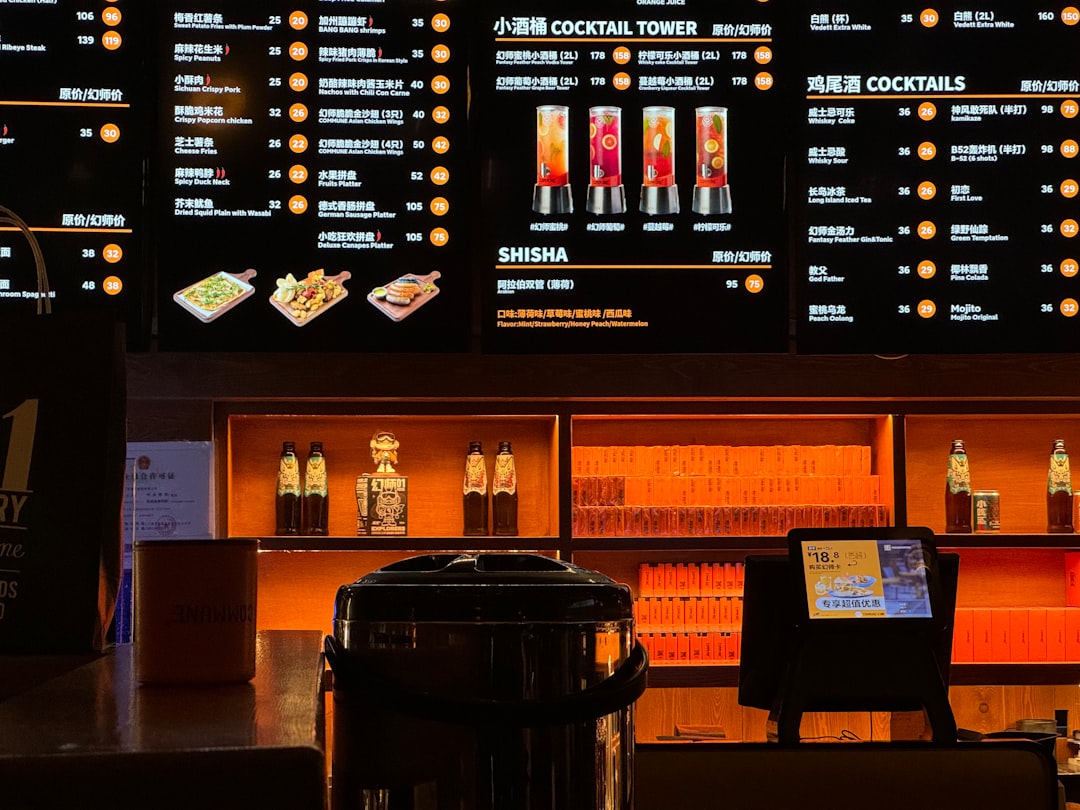In the fast-paced world of food service, staying ahead of the curve is essential for restaurants aiming for sustainable growth and exceptional customer experiences. As we approach 2025, restaurant operators must embrace digital transformation to streamline operations, improve efficiency, and meet evolving consumer demands. Implementing strategic technology tools can make the difference between thriving and simply surviving in a highly competitive industry.
Below are five indispensable restaurant management system tools that every modern eatery should consider integrating into their workflows in 2025.
1. Cloud-Based Point of Sale (POS) Systems
A modern POS system is no longer just a digital cash register—it’s the nerve center of any successful restaurant operation. Embracing a cloud-based POS solution provides numerous benefits:
- Mobility: Staff can take orders and process payments from tablets or mobile devices, improving table turnover rates and efficiency.
- Data Security: Cloud storage ensures sensitive information is backed up and protected against physical loss or damage.
- Real-Time Insights: Managers can access sales data, employee performance metrics, and menu item analytics from virtually anywhere.
Tools such as Toast, Lightspeed, and Square have been leading the industry, offering integration with loyalty programs and inventory, and enabling smart reporting that helps decision-making.

2. Reservation and Waitlist Management Platforms
With personalized dining experiences becoming a standard expectation, restaurants must leverage intuitive reservation tools to enhance customer satisfaction and staff productivity. In 2025, systems like OpenTable, Resy, and TableIn will continue to evolve, offering features such as:
- Online Table Booking: Allowing guests to reserve tables directly via website, Google, or social media channels.
- Automated Waitlists: Enabling guests to join a digital queue without crowding the entrance.
- Guest Profiling: Creating dining preferences and visit histories to provide personalized service.
Beyond convenience, these platforms empower restaurants to optimize floor layouts, predict busy hours, and reduce no-shows using automated reminders and deposits.
3. Inventory Management Software
Losses from over-ordering, spoilage, and underutilized ingredients can severely impact profit margins. Implementing comprehensive inventory management software allows restaurant owners to track, forecast, and control stock levels efficiently.
By 2025, systems such as MarketMan, BlueCart, and CrunchTime will use AI-powered analytics and integrations with POS and accounting software to make real-time inventory tracking seamless. Key benefits include:
- Automated Stock Alerts: Get notified when ingredients fall below minimum stock levels.
- Vendor Management: Track purchase orders, invoices, and supplier pricing all in one place.
- Recipe Costing: Analyze the cost per dish to maximize profitability and menu engineering.
Such tools free up time for managers, reduce human error, and ensure ingredients are fresh, reducing waste and boosting customer satisfaction.
4. Employee Scheduling and Time Management Platforms
Staff turnover in the hospitality industry remains high. In 2025, smart scheduling tools will be non-negotiable for ensuring morale, efficiency, and compliance with evolving labor laws. Leading systems like 7shifts, HotSchedules, and Homebase offer key functionalities such as:
- Easy Shift Planning: Create and adjust schedules quickly with drag-and-drop interfaces.
- Shift Swapping: Allow employees to trade or cover shifts while still maintaining management approval workflows.
- Time-Clock Integration: Digital punch-ins and punch-outs improve payroll accuracy and reduce time theft.
These platforms often come with mobile apps, giving employees autonomy while enabling managers to forecast staffing needs based on historical data and real-time performance metrics.
5. Customer Feedback and Loyalty Programs
Understanding customer sentiment is crucial for delivering high-quality experiences and retaining patrons. In 2025, the use of CRM-integrated feedback and loyalty tools will allow restaurants to build relationships and turn casual diners into loyal advocates.
- Digital Feedback Forms: Instantly gather guest feedback post-visit via text or email.
- Review Monitoring: Use AI to aggregate and analyze reviews from platforms like Yelp, Google, and TripAdvisor.
- Loyalty Programs: Use point-based systems or dynamic offers to reward frequent visits and increase order value.
Platforms like Thanx, Punchh, and Upserve Loyalty are helping restaurants track individual preferences for marketing personalization and operational improvements. The result? A better guest experience and higher ROI on marketing budgets.

Conclusion
Technology is no longer a luxury—it’s a necessity in the restaurant industry. By adopting these five tools in 2025, restaurant owners and managers can ensure improved operational efficiency, a better customer experience, and higher profitability. Staying competitive means staying connected, automated, and data-driven. In a world where guest expectations are only rising, these systems offer the agility and intelligence needed to keep every plate—and every patron—satisfied.
Frequently Asked Questions (FAQ)
- 1. What is a restaurant management system?
- A restaurant management system is a suite of tools designed to streamline different aspects of restaurant operations, including sales, staff management, inventory, and customer service.
- 2. How much do these tools typically cost?
- Pricing depends on the size of your operation and the features you require. Entry-level POS systems may start at $60/month, while comprehensive solutions can range into the hundreds per month.
- 3. Are these tools suitable for small restaurants?
- Yes. Many solutions offer scalable pricing and feature sets to accommodate small restaurants, food trucks, and start-ups with limited staff and resources.
- 4. Can these tools integrate with each other?
- Most modern systems provide APIs or come with pre-built integrations, allowing different tools like POS, inventory, and scheduling to work together seamlessly.
- 5. How do I choose the right tools for my restaurant?
- Start by identifying your operational pain points—such as long wait times, inventory mismanagement, or scheduling issues—then compare platforms that specialize in resolving those specific challenges.



Leave a Reply